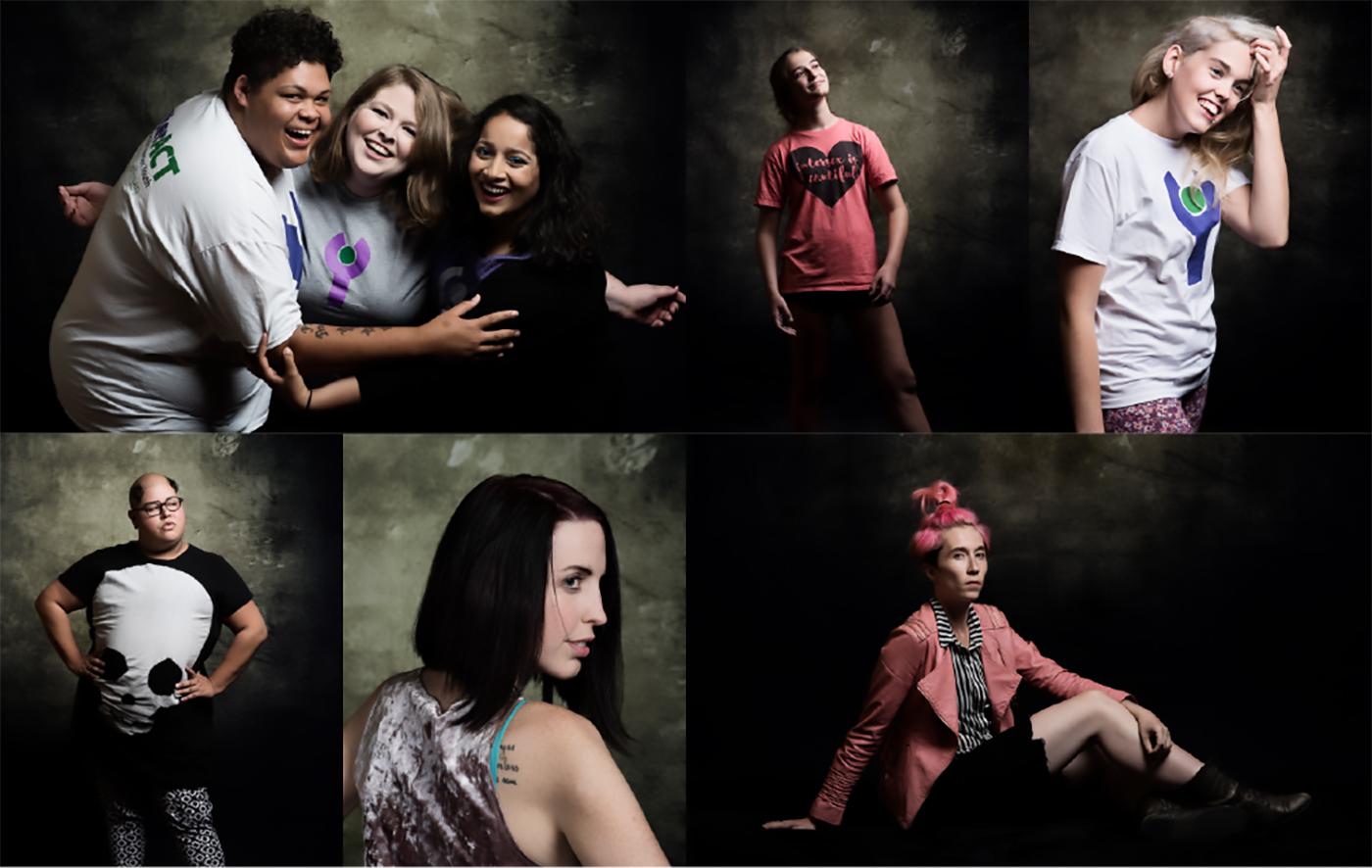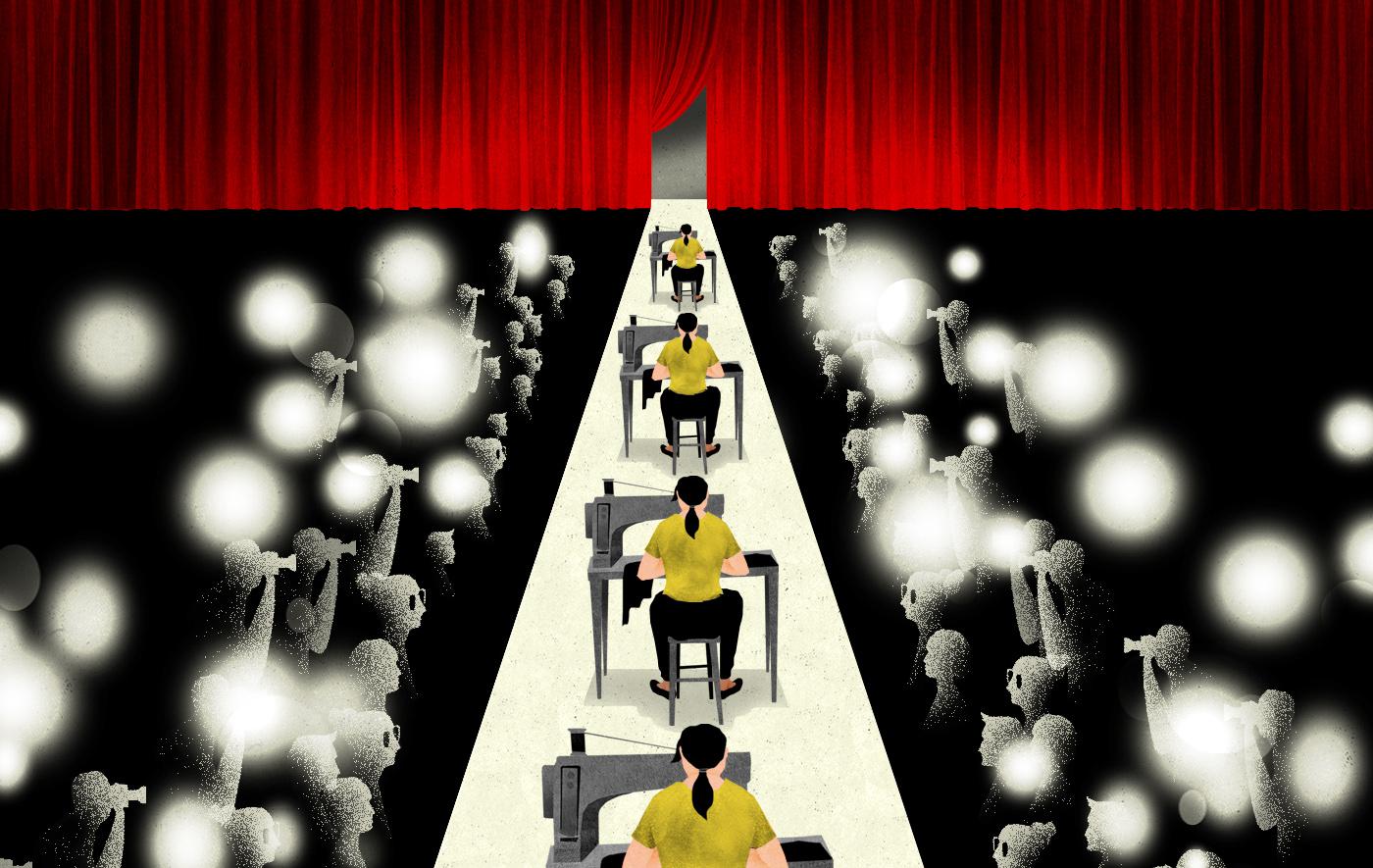The truth, when it finally came, was both liberating and traumatizing: Bo discovered she had been born with atypical genitalia, which surgeons had operated on to make her look—arbitrarily—more typically female, inflicting irreversible harm on her in the process, and telling her parents that they should never reveal to Bo the surgery she had undergone as an infant.
Doctors had told Bo’s parents, and Bo herself once she found out, that her condition was so rare there was no one else like her. But after learning the truth from her medical records, and as she traveled the country telling her story, she found this was untrue. Her California mailbox began to fill with letters from people describing similar experiences.
In 1993, Bo, using the name Cheryl Chase, founded the Intersex Society of North America (ISNA) to meet and help people who, like her, were born with biological sex characteristics that fall outside typical definitions—that is, their chromosomes, gonads, or internal and external sex organs differ in some way from what science and society have long deemed to be “male” or “female.”
ISNA became an eddy of activists, a support group for traumatized people who had more questions than answers, and the birthplace of momentous historical agitations such as “Hermaphrodites with Attitude.” Their mission was to convince the medical establishment to respect intersex people’s rights to health and bodily autonomy by stopping “normalizing” surgeries on children before they were old enough to understand the procedures and consent to them.
Speaking Truth to Power
ISNA’s message was not anti-doctor, or even anti-surgery, but pro-informed consent. Operations to alter the size or appearance of children’s genitals risk incontinence, scarring, lack of sensation, and psychological trauma. Surgery to remove gonads can amount to sterilization without patients’ consent, and then require lifelong hormone replacement therapy. The procedures are irreversible, severed nerves cannot regrow, and scar tissue can limit options for future surgery.
Bo and the other early ISNA participants believed the truth would soon set them—and future generations of intersex people—free. Their thinking, as Bo told me when we first met in the fall of 2016 near her home in Sonoma county, California, was: “As soon as we get our stories out there, this will all stop. Once doctors realize the harm they’ve done, they’ll change their minds and methods.”
But it wasn’t that simple.
Convincing the medical establishment proved to be significantly more complicated than anyone expected.
A change in medical paradigms requires a shift in understanding what the medical evidence shows—in this case, an acknowledgment that, although empirical data remains incomplete, there is now substantial evidence that medically unnecessary surgery on infants and young children with intersex traits often causes significant harm. Conversely, there is little evidence of its putative benefits, and certainly no empirical basis on which to conclude that the supposed benefits are real, let alone that they outweigh its harms.
But it's not easy to suggest that doctors are engaging in practices that violate their patients’ basic rights—the white coat signals a lot. As an endocrinologist in Boston told me: “Aside from clergy, who else in our society but doctors do people listen to about the heaviest life and death, sickness and health questions?”
The Default-To-Surgery Paradigm
The medical paradigm that ISNA was up against had calcified in the US in the 1960s when John Money, a psychologist at Johns Hopkins University, theorized that gender in infants was malleable and surgical interventions could unproblematically determine lifelong gender identity. Operations on intersex bodies had been conducted sporadically around the world in prior decades, but it was Money’s infamous 1967 case of recommending female sex assignment surgery on a male baby following a botched circumcision that cemented the theory as the default medical practice.
There were no clinical trials, no consideration of the potential risks, just a hypothesis from an elite practitioner based on his marquis case—which became known as “John/Joan”—driving the theory’s momentum. The outcome was, in fact, disastrous. In 1997, the patient’s psychiatrist and a sexology professor in Hawaii exposed the trauma the boy had suffered, and how Money had knowingly distorted the truth in his publications. The child had, in fact, not grown up to identify as a woman, but a man—and transitioned in his 20s.
In 2004, the patient, David Reimer, committed suicide.
The default-to-surgery paradigm, however, had already become entrenched and, in fact, was already being exported around the world.
Despite the horrors of Reimer’s story, Bo and ISNA continued to believe there was no reason to demonize doctors. The goal was to tell the stories of people who had undergone medically unnecessary surgery at an early age, explain to the medical community the destruction these surgeries had done to intersex people, and detail how surgery had failed to deliver the supposed benefits of “normalcy” and happiness.
This was their tactic to move the needle and start advocating to help intersex adolescents and adults seek the care they actually wanted. And then, the thinking went, the non-consensual surgeries would stop, social awareness would garner acceptance, and the intersex community could flourish.
“We were naive,” Bo said 25 years later.
Resistance and Inertia
ISNA only ever staged one public protest—in 1996 in Boston, at the annual conference of the American Academy of Pediatrics (AAP). It was a small group, and many participants were allies, but it struck a chord. The anniversary of that protest, October 26, is today marked as Intersex Awareness Day worldwide.
Although Bo herself was invited as a keynote speaker at an AAP conference as early as 2000, even having a seat at the table did not have linear impact.
“Doctors [would tell] me that the parents of intersex kids they’d operated on were happier than the parents of kids whose lives they’d saved,” Bo said, adding that most doctors could not say how the patients themselves felt about it once they reached adulthood because the doctors simply didn’t know—they had lost touch with them.
Bo and other advocates made compromises along the way, some of which led to rifts in the community. During my research on intersex issues around the US, I heard a range of opinions, for example, on what happened in 2006 when Bo agreed to work with a group of physicians on the “Disorders of Sex Development Consensus Statement”—a collaborative paper produced at a conference in Chicago.
An intersex activist in her 60s told me she left the movement when ISNA “allowed the high priests of medicine to call us, ‘disordered.’” Another said he understood the compromise to get a seat at the table, but was disappointed it never produced results: “We’re still seen as freaks that need to be fixed 20 years later.”
In the past decade, activists have worked to claim the space that the “DSD” consensus statement staked out. They quickly replaced “disorders” with “differences”—and today human rights bodies and even a handful of clinics use that language as well. But the default-to-surgery paradigm persists.
A father of a two-year-old child with intersex traits who is a clinical psychologist told me: “If you want to fuck somebody up psychologically, start calling a part of their body deformed and then see how that works out. The whole idea of disease and even the message the surgery sent is that there was something wrong that we had to fix.”
New Words, Same Ways
Despite shifts in terminology, and despite increasing controversy even within the medical community, the cohort of doctors who specialize in intersex treatment has largely clung to the default-to-surgery paradigm. The tone has changed: at least in their writing, doctors now mostly avoid construing surgery as a “quick fix” but rather a “legitimate option.” Teams of specialists— “DSD teams”—that sometimes include mental health providers typically meet with parents as part of the decision-making process.
But despite these advances, the surgical status quo remains largely intact. And medical justifications for cosmetic surgeries ring increasingly hollow.
For example, a 2015 article co-authored by 30 DSD healthcare providers reflecting on genital surgeries stated: “There is general acknowledgement among experts that timing, the choice of the individual and irreversibility of surgical procedures are sources of concerns.” It continued: “There is, however, little evidence provided regarding the impact of non-treated DSD during childhood for the individual development, the parents, society….”
Too often, as in the article by the 30 DSD doctors, the absence of evidence becomes part of the justification for continuing early surgery. The social hypothetical—fears of stigma for the child and chaos for family and society if surgery is delayed—continues to trump the actual harm that people who have undergone surgery suffer.
The foundational medical principle—“do no harm”—seems to dictate exactly the opposite: a moratorium on medically unnecessary cosmetic surgery on intersex children too young to consent unless and until there is evidence that the benefits outweigh the harms.
Real Risks Versus Hypothetical Happiness
There is now a growing body of outcomes data showing that early surgery can lead to physical and psychological harm, if not catastrophe, for intersex people. One of the many risks of “normalizing” surgery is assigning the wrong sex. Add to that the risk of needing additional surgeries to repair mistakes (I interviewed one person who had undergone 39 surgeries to keep his body functioning after a cosmetic operation in adolescence damaged him).
Then there’s scarring, incontinence, loss of sexual sensation and function, psychological trauma including depression and post-traumatic stress disorder, the risk of anesthetic neurotoxicity in young children, and the need for lifelong hormonal therapy.
In 2017, Dr. M. Joycelyn Elders, Dr. David Satcher, and Dr. Richard Carmona, all former US surgeons-general, wrote that they believed “there is insufficient evidence that growing up with atypical genitalia leads to psychosocial distress,” and “while there is little evidence that cosmetic infant genitoplasty is necessary to reduce psychological damage, evidence does show that the surgery itself can cause severe and irreversible physical harm and emotional distress.” They said: “These surgeries violate an individual’s right to personal autonomy over their own future.”
Despite the data, many physicians who perform the surgery continue to be unmoved. A New York urologist unabashedly published a paper in 2007 documenting how his clitoral surgeries were proven effective and “nerve sparing.” The evidence he offered was produced by inserting vibratory devices in post-operative patients—in some cases, seven-year-old girls—and asking them how strongly they felt it.
More recently, in July 2017 when a hospital in South Carolina settled a medical malpractice suit for its surgery on an intersex infant for nearly $500,000, a psychologist with more than 20 years of experience with intersex patients dug in his heels and defended the status quo. “I never question people's experiences,” he said. “What I do question is whether their experiences are generalizable to others.”
Bioethicists have documented physicians’ reluctance to change the status quo for decades. Katrina Karkazis, an ethicist at Stanford, wrote in her 2008 book on the topic a number of “folk myths” that doctors perpetuate: “[A]s increasing numbers of studies have begun to demonstrate poor surgical outcomes, some surgeons and other clinical specialists discount even these findings,” she wrote, explaining that doctors believed their surgical techniques were always improving so data from past patients was irrelevant.
Karkazis wrote: “By charging that adequate studies are impossible because they will always assess old techniques, surgeons and others deflect current as well as future scientific and anecdotal evidence of poor surgical outcomes.”
In 2015, when patient advocates and ethicists publicly resigned from the largest research initiative on intersex healthcare to date—a multi-site university hospital project funded by the National Institutes of Health—citing frustration with the continuation of medically unnecessary surgeries on intersex children, one bioethicist wrote in her resignation letter that she was finished with “being asked to be a sort of absolving priest of the medical establishment in intersex care.”
Ending Unnecessary Surgeries
The experience of those who have undergone early surgery and the principles of medical ethics suggest that doctors should weigh evident harm over hypothetical benefits. The real question doctors should be asking is how many more of their patients need to suffer before medically unnecessary surgeries end.
Medical and policy leaders have noted the need for a fundamental change in approach. United Nations human rights experts; the World Health Organization; Amnesty International; Physicians for Human Rights; every major lesbian, gay, bisexual, and transgender legal organization in the US; the American Medical Association Board of Trustees in 2016; three former US surgeons general in 2017, two US pediatrics associations later that year; and intersex-led organizations around the world have called for an end to medically unnecessary non-consensual surgeries on intersex kids.
Many providers who care for intersex children have become increasingly uncomfortable with the current paradigm, but there remains a lack of clear, centralized standards of care for intersex patients.
And so the inertia persists. ISNA has dissolved and Bo has retired from activism, but a new generation of intersex people, whose bodies were operated on decades after Bo’s, have taken up the fight. For Intersex Awareness Day 2017, activist Pidgeon Pagonis staged a protest outside the Chicago hospital where, as a child, Pidgeon’s clitoris, vagina, and gonads were all surgically altered without Pidgeon’s consent.
The hospital issued a public statement saying it was “committed to open communication with the Intersex community and fully respect the diversity of opinions that exist in affected individuals.” But a leaked internal communication struck a rather different tone, perhaps revealing why doctors continue to perform these surgeries decades after they became controversial even within the medical community. In it, the hospital called the protesters’ demands “extreme,” and said the group was targeting hospitals across the country.
Bo told me: “No one has proven that the interventions are necessary to do on an infant…. Even if you find some people who had early surgery who are happy, that doesn’t mean it’s safe or necessary…. There are probably happy people. But there are a lot of very unhappy people—ruined people.”





